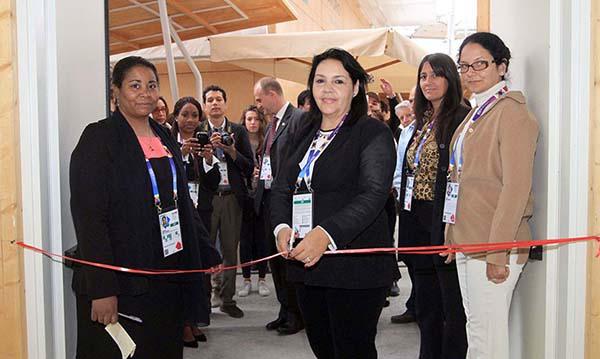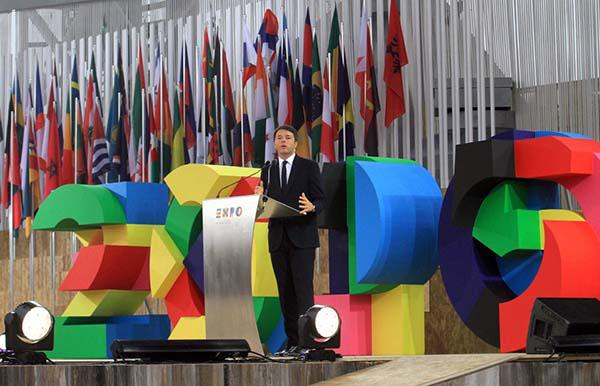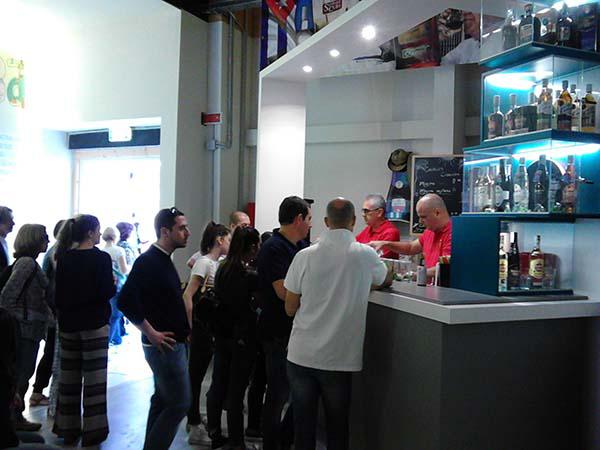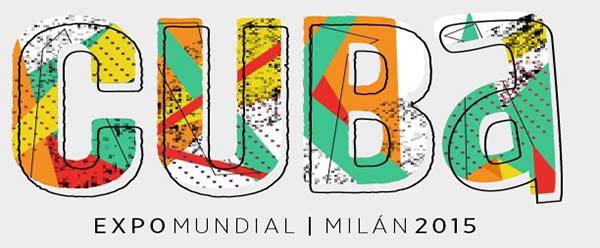
UNDER the theme, “Feeding the Planet, Energy for Life,” the Universal Exposition of Milan 2015 addresses the complex issue of food from an environmental, historical, cultural, anthropological, medical, technological and economic point of view.
Officially inaugurated on May 1 and running until October 31 (six months), the exhibition aims to become a highlight in the global debate on food and sustainability and a platform for reflection and policy initiatives on these sensitive issues.
Expo Milano 2015 is the second International Registered Exposition (also called Universal Exhibition for promotional purposes), regulated by the International Exhibitions Bureau (BIE), the world governing body established in Paris in 1928 by the Convention Relating to International Exhibitions, to take place in the 21st century.
Reuters and Europa Press reported that Italian Prime Minister Matteo Renzi, speaking at the inauguration of this international exhibition of undeniable cultural and technological value, said, “Today it is as if Italy were embracing the world. To all the experts who said we would never do it, here is your answer. I like to think that tomorrow begins today.” The news agencies also referred to disturbances on the opening day provoked by anti-globalization protesters opposed to the event.

The Expo site is located on the northwest outskirts of Milan, a city with over one million inhabitants. It covers an area of 110 hectares, about 16 kilometers from the center of the city, near to the municipality of Rho. It has excellent motorway, rail and metro links.
In addition to showcasing their best practices and food products, the 145 countries participating in the event will strive to entice the expected 20 million visitors (in the first month nearly two million people have visited already), with their varied cuisine.
Also attending are three international organizations, 13 civil society organizations and five corporate pavilions, in an encounter that aims to create awareness regarding the universal right to healthy, safe and sufficient food and highlight the importance of the environmental, social and economic sustainability of the food chain.
The resources and possibilities in this field on show contrast with debates on the world stage regarding contradictory agricultural policies and controversies (e.g. the thorny issue of genetically modified foods or organisms) and the over 840 million chronically undernourished people on the planet, according to the Food and Agriculture Organization of the United Nations (FAO).
Given the situation that exists now, with a world population of over 7 billion people, what challenges do we face given the forecasted world population of 9 billion by 2050? Is it possible to eradicate hunger across the globe in the 21st century? Is it possible to produce nutritious and sufficient food for all without destroying the environment? Expo Milano 2015 should provide a space for such reflections and questions.
CUBA AT EXPO MILANO 2015

Latin America and the Caribbean enjoy a significant presence at the Expo. Brazil, the largest agricultural producer in the region, has a pavilion of 4,133 square meters with the theme “Feeding the World with Solutions,” while other themes from the region include “Argentina feeds you,” “Life grows in Uruguay” and Chile’s “A Country Rich in Variety.”
According to sources from the Cuban Chamber of Commerce, the island accepted the official invitation by the Italian government to participate in the exhibition back in 2012.
The Cuban pavilion addresses the central theme of the Expo, under the slogan, “On the Road to Food Sovereignty,” with its participation centering on two key sub-themes of this Universal Exposition: Food in World Cultures and Ethnic Groups, and Science for Food Safety and Quality.
Since opening,the pavilionhas seen hundreds of people visit daily, who have had the opportunity to tasteworld famousCuban cocktailsmade by twoof the bestbartenders of theCaribbean country.

Visitors can also purchase various brands of internationally recognized Cuban rum such as Havana Club, Caney, Cubay, Santiago and Legendario, as well as coffee, and chocolates.
Providing an architecturalshowcaseof the cultureand traditions ofthe island, the pavilion also highlights a countrywhich is committed toan economic modelcapable of buildinga prosperous and sustainablesocialist society.
CUBAN RUMBA ASSUMES PROMINENCE
On June 6 Cuba presented its “Ruta de la Rumba” (The Rumba Route) tourism initiative, which was designed to present the official nomination of Cuban rumba to the UNESCO Masterpieces of the Oral and Intangible Heritage of Humanity list.
The Expo Conference Center hosted a talk on the cultural value of the rumba by anthropologist, poet, writer and president of the National Union of Writers and Artists of Cuba (UNEAC), Miguel Barnet, journalist and art critic Pedro de la Hoz, UNEAC vice president, and Irma Castillo, artistic director of the Timbalaye rumba ensemble.
The encounter was a lesson in anthropology that evolved into a celebration for those attending, as they enjoyed live Cuban rumba performances.
Musicians from the Yoruba Andabo group accompanied the directors of the Timbalaye Association in promoting the forum, where they performed two hits from their repertoire and also offered a demonstration by rumba teachers, which was very well received by the audience.
The “Ruta de la Rumba” tourism initiative will continue to be presented in the cities of Naples, Rome and Madrid once the Exposition comes to a close.








